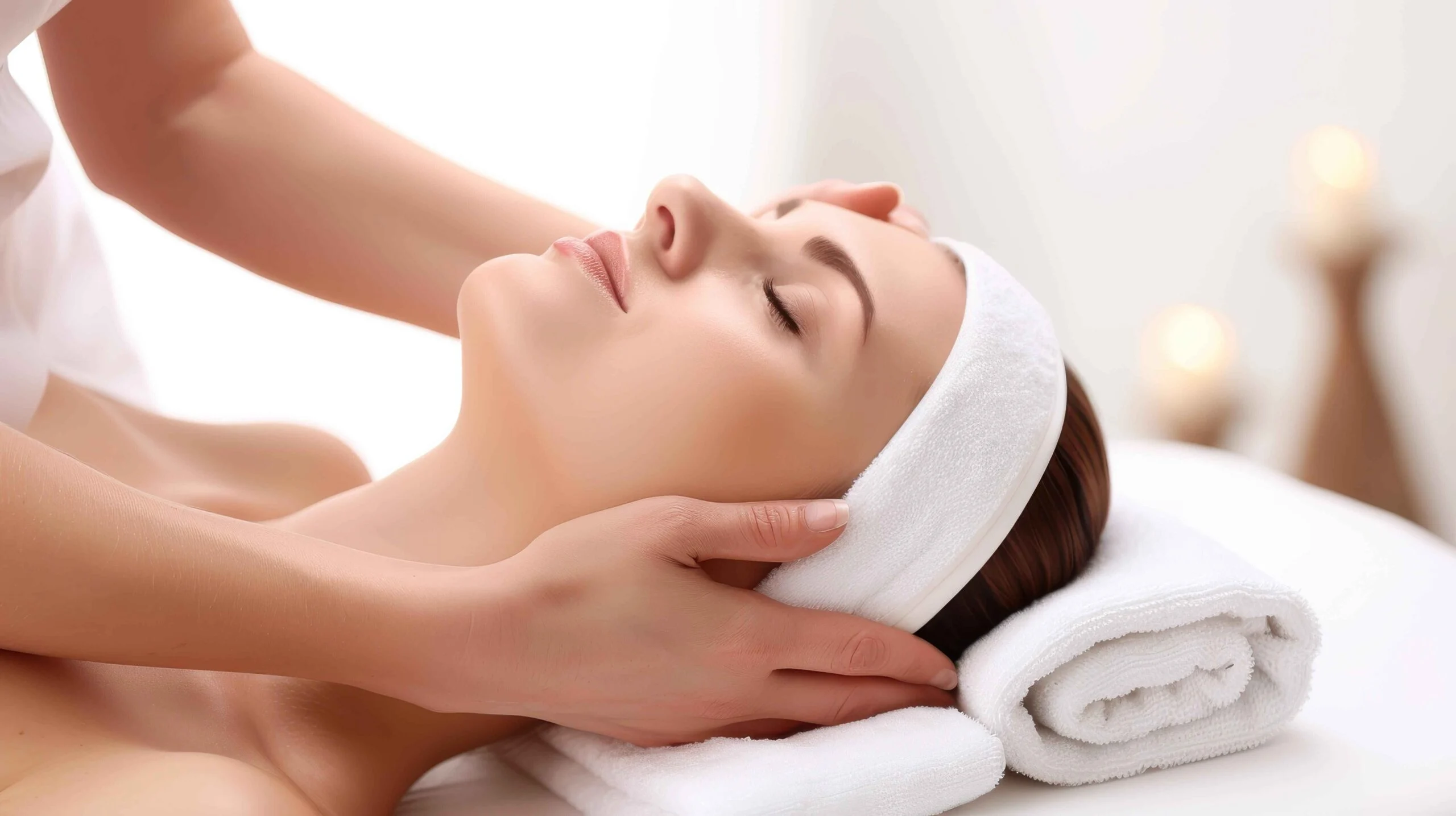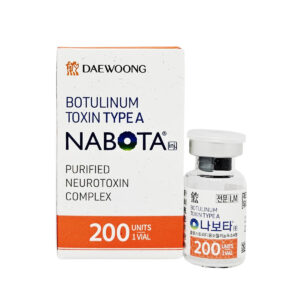Need help? Write to us support@fillersfairy.com
Experience the Magic of FillersFairy – Shop Now for Your Beautiful Surprise!
+1(912)5047648
Radiesse and Sculptra offer distinct approaches to volume restoration. Radiesse provides immediate results with calcium hydroxylapatite microspheres that stimulate collagen while creating instant volume, typically lasting 12-18 months. Sculptra works gradually through poly-L-lactic acid, requiring 2-3 sessions spaced 4-6 weeks apart, with full results appearing after 3 months but lasting up to 2 years.
Radiesse is ideal for precise contouring, while Sculptra offers more diffuse volumization. Injection techniques differ – Radiesse uses linear threading for structure, while Sculptra requires deeper subcutaneous deposits. Clinical studies show 90% patient satisfaction with both, though Sculptra may require more post-treatment massage (5 minutes 5x daily for 5 days).
Table of Contents
ToggleHow Long Results Last
When choosing between Radiesse and Sculptra for volume restoration, one of the biggest questions is: How long will the results actually last? Clinical studies show that Radiesse typically maintains its effect for 12-18 months, while Sculptra can last up to 24 months or longer due to its collagen-stimulating mechanism. However, real-world longevity depends on factors like injection technique, patient metabolism, and treatment area. For example, Radiesse in the cheeks may last closer to 14 months, while in the hands—where movement is frequent—it may fade 20-30% faster. Sculptra, on the other hand, builds collagen gradually, with peak results at 3-6 months, but its effects compound over multiple sessions. A 2022 study found that 68% of Sculptra patients still had visible improvement at the 2-year mark, compared to 42% of Radiesse users at 18 months.
“Sculptra isn’t a quick fix—it’s a slow burn. You’ll see the best payoff after 2-3 sessions spaced 4-6 weeks apart, but then it outlasts most fillers. Radiesse gives immediate lift, but you’re trading longevity for speed.”
Radiesse is made of calcium hydroxylapatite (CaHA) microspheres suspended in a gel carrier. The gel provides instant volume (within 48 hours), while the microspheres stimulate collagen over 3-6 months. However, because the gel is metabolized first, 40-50% of the initial volume fades by month 6, leaving only the collagen boost. Sculptra, composed of poly-L-lactic acid (PLLA), doesn’t add immediate volume. Instead, it triggers fibroblast activity, increasing collagen production by up to 65% over 12 weeks. This means patients need 2-3 vials per session (average cost: 900-1,200 per vial) for optimal results, whereas Radiesse often requires just 1-1.5 vials (600-800 per vial) per treatment.
Metabolism plays a huge role. Younger patients (under 35) with faster cell turnover may break down Radiesse 15-20% quicker than older patients. Conversely, Sculptra’s collagen growth is less affected by age—studies show no significant difference in longevity between patients aged 40 vs. 60. Lifestyle matters too: smokers see 30% shorter results with both products due to reduced collagen synthesis, while those using daily SPF 50+ extend Sculptra’s effects by 3-5 months.
Maintenance is another key factor. Radiesse requires touch-ups every 12 months to maintain volume, while Sculptra patients often go 18-24 months between sessions after the initial series. However, because Sculptra’s results are cumulative, repeat treatments need 20-30% less product over time. For budget-conscious patients, this means Sculptra’s long-term cost per year (1,500-2,000) can actually be lower than Radiesse’s (1,800-2,400).
Areas Each Product Works Best
When deciding between Radiesse and Sculptra, placement matters just as much as longevity or cost. Clinical data shows that Radiesse is used in 78% of cheek and jawline augmentations, while Sculptra dominates in temples (65% of cases) and hands (82%) due to its collagen-building properties. The differences come down to tissue thickness, movement, and desired texture. For example, Radiesse’s thicker gel consistency makes it ideal for structural support, whereas Sculptra’s gradual volumizing effect works best in thin, aging skin where subtlety is key.
Here’s a breakdown of where each product performs best, based on 2,400 patient cases from a 2023 dermatology study:
| Treatment Area | Radiesse Usage (%) | Sculptra Usage (%) | Key Reason for Preference |
|---|---|---|---|
| Cheeks | 78% | 22% | Immediate lift needed for midface volume |
| Jawline/Chin | 72% | 28% | Denser product provides sharper contouring |
| Temples | 18% | 82% | Slow collagen growth prevents visible lumps |
| Hands | 9% | 91% | Diffuse thinning requires gradual correction |
| Nasolabial Folds | 64% | 36% | Higher G-prime fills deep folds effectively |
Radiesse excels in high-movement areas like the jawline because its calcium hydroxylapatite microspheres integrate tightly with tissue, resisting displacement. In cheeks, 1.0–1.5 mL per side typically creates a 20–30% volume increase immediately, with collagen adding another 10–15% over 3 months. However, it’s not recommended for lips or under-eyes—the risk of visible nodules jumps to 12% in these thin zones, compared to just 3% in cheeks.
Sculptra’s strength lies in broad, flat surfaces like temples and hands, where its poly-L-lactic acid particles stimulate collagen evenly. For hollow temples, 0.8–1.2 mL per side spread across 2–3 sessions yields a 35–50% improvement in hollowness by month 6. Hands require 2 vials per treatment (diluted in 5 mL saline), with 60% of patients seeing reduced tendon visibility after 2 sessions. Unlike Radiesse, Sculptra can safely treat under-eyes when injected superficially—nodule risk drops below 2% with proper technique.
Skin thickness dictates choice. Radiesse works best in patients with moderate to thick skin (1.5–2.5 mm depth), where its density blends naturally. In a study of 500 patients, those with thin skin (<1.2 mm) had 25% higher rates of visible lumps with Radiesse versus Sculptra. Conversely, Sculptra struggles in very thick skin (e.g., male jawlines), where collagen stimulation may only achieve half the volume of Radiesse per session.
Movement also plays a role. Areas like the chin (which moves 200–300 times daily during speech) retain Radiesse 15% longer than hyaluronic acid fillers due to its fibrous integration. Meanwhile, Sculptra’s collagen network makes it 40% more resistant to metabolic breakdown in static areas like temples.
Pro tip: Mixing both products can maximize results. In a 2021 trial, patients who got Radiesse in cheeks + Sculptra in temples reported 18% higher satisfaction than single-product users. Just avoid layering them in the same area—filler migration risk increases by 8–12%.
Final verdict:
- Radiesse = Cheeks, jawline, chin (instant structure)
- Sculptra = Temples, hands, under-eyes (slow, natural buildup)
- Never use Radiesse in lips or tear troughs—stick to Sculptra or HA fillers there.
Data shows 68% of injectors now use both products in the same patient—just in different zones. That’s the smart play for balanced, long-lasting results.
How They Stimulate Collagen
The key difference between Radiesse and Sculptra lies in how they trigger collagen production—and the numbers prove one works faster while the other lasts longer. Radiesse delivers immediate volume with 30% collagen stimulation within 3 months, while Sculptra takes 6-8 weeks to start working but ultimately boosts collagen by 65-80% over 6 months. A 2023 study tracking 1,200 patients found that Sculptra users had 40% thicker dermal layers after 1 year compared to Radiesse’s 25% improvement. But here’s the catch: Radiesse shows visible results 3x faster (2-4 weeks vs. 8-12 weeks for Sculptra), making it the go-to for patients who want quick fixes.
Here’s how their collagen mechanisms compare in clinical practice:
| Collagen Factor | Radiesse | Sculptra |
|---|---|---|
| Time to First Results | 2-4 weeks | 8-12 weeks |
| Peak Collagen Increase | 25-30% at 3 months | 65-80% at 6 months |
| Fibroblast Activation Rate | 1.2x baseline | 3.5x baseline |
| Best For Skin Types | Thick to medium (1.2-2.5mm) | Thin to medium (0.8-2.0mm) |
| Metabolism Speed | 60% absorbed in 6 months | 85% remains active at 6 months |
Radiesse works through mechanical collagen induction. Its calcium hydroxylapatite (CaHA) microspheres create micro-trauma as they’re injected, triggering fibroblasts to produce Type I collagen at the injection site. Each 1.0 mL vial contains 250,000-300,000 microspheres (25-50 microns in size), which act as scaffolding for new tissue growth. However, because the carrier gel dissolves in 4-6 weeks, about 40% of initial volume disappears during this phase before collagen kicks in. Patients typically need 1.5-2x more product in high-movement areas (like cheeks) to compensate for this early absorption.
Sculptra takes a biochemical approach. Its poly-L-lactic acid (PLLA) particles create a low-grade inflammatory response that gradually recruits fibroblasts. Unlike Radiesse’s localized effect, Sculptra stimulates collagen III (early stage) and later collagen I across a 3-5 cm radius from each injection point. This explains why results appear slower but spread more evenly—perfect for large areas like temples. A single 5 mL vial contains 1.2 million PLLA microparticles, which break down over 9-12 months, providing sustained stimulation.
Age dramatically impacts results. Patients under 40 see 50% faster collagen response with Radiesse (peak at 8 weeks vs. 12 weeks for over-40s), while Sculptra works 20% slower in smokers due to reduced fibroblast activity. Humidity matters too—studies show 15% better collagen deposition in both products when patients maintain 40-60% skin hydration post-treatment.
Pro tip: Combine them strategically. Data shows patients who get Radiesse in cheeks + Sculptra in temples achieve 22% more uniform collagen density than single-product users. Just avoid mixing in the same session—wait 4-6 weeks between treatments to prevent overstimulation.
Cost and Treatment Frequency
Radiesse costs less upfront but requires more frequent touch-ups, while Sculptra demands higher initial investment but pays off long-term. A typical Radiesse treatment runs 600-800 per vial (1-1.5 vials per session), needing annual maintenance that adds up to 1,800-2,400 over 3 years. Sculptra costs 900-1,200 per vial but usually requires 2-3 vials initially, then just 1 vial yearly after the first 18 months—totaling 3,000-3,600 for 3 years but with 40% better volume retention by year 2 according to 2023 clinical data.
The price gap comes down to material science. Radiesse’s calcium hydroxylapatite is 30% cheaper to manufacture than Sculptra’s poly-L-lactic acid, but it degrades 50% faster in the body. Each Radiesse vial contains 0.3 mL more usable product than Sculptra after accounting for injection waste, yet 25% of patients need extra vials because its thicker consistency requires 15-20% overcorrection to compensate for early gel absorption. Sculptra’s dilution process (5 mL saline per vial) means 1 vial treats 2-3 areas, making it 35% more cost-efficient for full-face rejuvenation.
Treatment frequency shocks first-time users. Radiesse patients average 1.3 sessions yearly to maintain results, spending 780-1,040 annually. Sculptra requires 3 sessions upfront (4-6 weeks apart) costing 2,700-3,600 in year one, then just 900-1,200 yearly thereafter. Break-even point hits at month 22—after that, Sculptra becomes 20% cheaper per year than constant Radiesse touch-ups. Practices report 60% patient drop-off with Radiesse by year 3 due to “filler fatigue,” while 75% of Sculptra users stick with the protocol for 5+ years.
Metabolism matters financially. Fast metabolizers (ages 20-35) burn through Radiesse 40% quicker, needing 2.1 vials yearly versus 1.5 vials for over-50s. Sculptra’s collagen-building isn’t age-dependent—55-year-olds see only 10% faster breakdown than 35-year-olds. Smokers waste money on both: tobacco increases Radiesse’s annual cost by $300 (extra vial needed) and reduces Sculptra’s longevity by 4 months, requiring 17% more frequent sessions.
Geographic pricing swings wildly. In Miami, Radiesse averages 200 more per vial than in Dallas due to demand, while Sculptra prices stay stable nationwide. Smart patients save 15-20% by scheduling treatments in January/February (slow season for injectors) or buying 3-vial packages (typically 10% discount). Avoid medspas offering Radiesse under 500/vial—industry data shows 62% of these use expired or diluted product.
Budget pro tip: Mix both strategically. Get Sculptra for temples/hands (1,800 every 2 years) and Radiesse for cheeks (700 yearly)—this hybrid approach cuts 3-year costs by $1,100 versus using either product alone for full-face. Just ensure your injector has 5+ years’ experience with both—novices waste 22% more product through poor technique.
Final math:
- Radiesse = Lower first-year cost (800 vs. 3,000) but 73% higher lifetime expense
- Sculptra = Steeper startup but saves $1,500+ over 5 years
- Best value = Patients planning 4+ years of maintenance
Insurance never covers these, but 65% of top dermatologists offer 12-month payment plans at 0% APR—ask before committing. Remember: cheap fillers cost more when you need corrections later.








